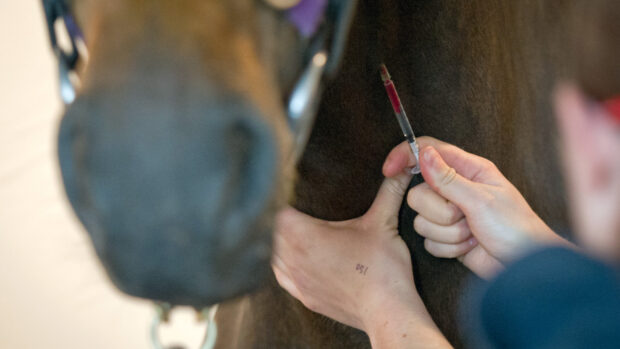Campaigns to eradicate drug abuse from international equestrian competition have not been as successful as hoped, the International Equestrian Federation (FEI) General Assembly learnt last week.
Princess Haya, the FEI president, admitted “there is still much work to be done” to clean up the eight equestrian disciplines governed by the FEI.
A report from the FEI’s Medication Advisory Group (MAG) given to the General Assembly showed that the rate of positive dope tests at international competition in 2006 was the same as the level in 1996, despite several campaigns being launched to educate riders, trainers and vets in the intervening decade.
At the same time, the number of in-competition dope tests carried out has gradually doubled in the past 10 years — to more than 3,000.
The MAG expressed disappointment at the latest figures, not least because these now distinguish between those drugs commonly used for bona fide treatment for sport horses — listed in the FEI’s “medicine box” — from other drugs.
Despite these findings, Princess Haya told delegates that the standing of the three equestrian disciplines in the Olympic family is improving.
She said: “Horse sport’s relationship with the International Olympic Committee (IOC) is a good one. There is no room for complacency, but our stock continues to rise.”
At the same time, she fired a warning shot at less palatable practices such as the selling of “wildcards” (late places to take part in competitions).
“Corruption in any form is morally wrong and endangers our credibility and reputation,” she said.
Although she did not reveal details of individual cases of corruption, she said paying for wildcards was “totally unacceptable”.
She went on to add: “We will not tolerate our sport being for sale.”
This news story was first published in Horse & Hound (19 April, ’07)




